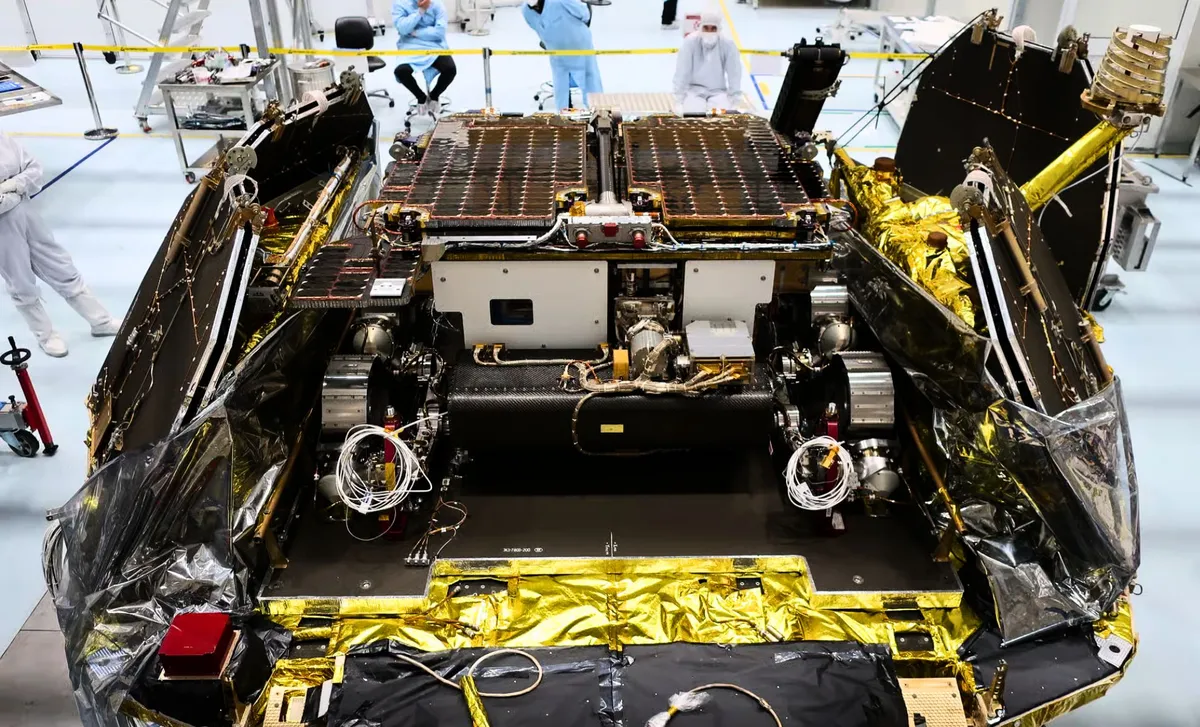
NASA is currently experiencing one of the most significant workforce shakeups in its history, with nearly 4,000 employees, representing about one-fifth of its civil service staff, opting to leave through voluntary buyout programs in recent months. These staggering statistics have emerged from agency communications and reports by SpaceNews, highlighting deep concerns over proposed budget cuts from the Trump administration.
In July, NASA officially notified its workforce that a total of 3,000 employees had been selected for a Voluntary Early Retirement Authority or similar reduction program. This announcement followed an earlier round of departures, which saw 870 individuals leave the agency. Early reports indicate that the majority of these exits are concentrated among senior scientists, engineers, and administrators, many of whom have dedicated decades of service to NASA. The loss of such invaluable institutional knowledge is causing significant alarm both internally and among former astronauts and mission leaders. One former employee expressed to SpaceNews that the agency is “watching irreplaceable expertise walk out in a matter of months.” This sentiment has been echoed in the Voyager Declaration—a letter signed by hundreds of current and former NASA staff urging Congress to protect funding and maintain U.S. leadership in space exploration.
New acting administrator Sean Duffy, who also serves as the U.S. Secretary of Transportation, has so far refrained from directly addressing the scale of the workforce exodus. In his initial memo to employees, he merely stated that he wanted to “recenter the work on what really matters,” without providing further details. The memo concluded with an uncorrected typo—“Tank you”—which some employees interpreted as a symbol of disconnect between leadership and the workforce. Furthermore, a subsequent message thanking departing staff arrived too late for many, who had already lost access to their NASA email accounts. This perceived lack of acknowledgment is exacerbating frustration among the remaining staff, as noted by internal sources.
The voluntary buyouts are not the only source of instability within NASA. Shortly after the circulation of the Voyager Declaration, Makenzie Lystrup, director of NASA’s Goddard Space Flight Center, tendered her resignation. The letter warned that the proposed budget cuts would not only jeopardize ongoing projects but also strain critical partnerships with international allies such as the European Space Agency and the Japan Aerospace Exploration Agency. These collaborations have been essential for missions like ExoMars and advancements in deep-space telescopic research. Scientists are increasingly concerned that without these vital alliances—and amid the departure of experienced personnel—NASA risks losing its long-standing position as the global leader in space exploration.
At the core of this crisis lies a White House proposal to cut $3.6 billion from NASA’s science programs. Although Senate committees have shown strong support for restoring this funding, there remains a possibility that the president may attempt to bypass Congress and implement these cuts unilaterally. If this occurs, the agency could face even more voluntary exits or potentially forced layoffs, further destabilizing its workforce and jeopardizing its future in space exploration.